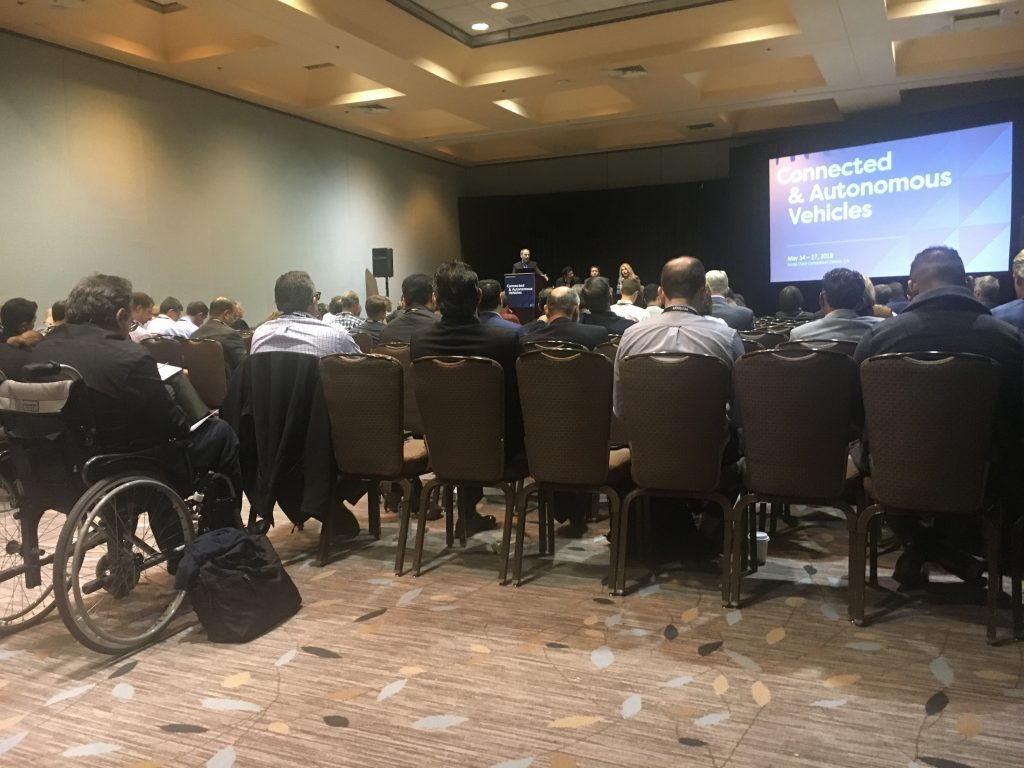
Autonomous Vehicle Technology: Evolving NEMT Operations
At MTM Health, technology is a huge part of our future. We’re constantly exploring how technology and innovation can improve the way we operate, from our acquisition of the Reveal software suite in 2017, to our investment in the Kaizen platform in 2018, to recently joining the ITEN Corporate Innovation Program. Highlighting our commitment to innovation, our President and CEO Alaina Macia was even named a 2018 Technology Executive of the Year by the St. Louis Business Journal in recognition of our ongoing exploration of technology in the non-emergency medical transportation (NEMT) field.
There’s many technological enhancements on the horizon that will drastically evolve the way we do business. One of the most prominent is autonomous vehicle technology, or driverless cars capable of sensing their environment and safely navigating roads without human touch.
Within the next 10 years, MTM Health believes autonomous vehicles will be a common place on the road, and we plan to be leading the effort in the NEMT industry. Our Innovation Team has been diving deep into the world of autonomous vehicles to see how this capability will change our NEMT operating model–and the future of transportation in general. Recently, this team attended the Connected and Autonomous Vehicles Conference in Santa Clara, California in search of new solutions that will help us transport members more efficiently to medical care.
Here’s what our President and CEO Alaina Macia has to say about the trend:
“We get a lot of questions about autonomous vehicles—and I find this technology very exciting. There are some challenges with it, obviously, and there has been some negative press and accidents related to the technology. People ask, ‘Are autonomous vehicles a threat to your business?’ And I say, ‘No, it’s an enhancement to our business.’ We will still need drivers or attendants in our vehicles to assist the populations we serve—individuals with disabilities or significant medical needs and the elderly—but the vehicles are going to be safer. The ride is going to be safer. We can monitor the systems. Traffic as a whole could be managed better. Insurance costs might go down. So, I get really excited about it and look forward to utilizing those resources to improve our service.”
Categories
- Alaina Macia (36)
- Employee Wellness (19)
- ETO Newsletter (65)
- Events (70)
- MTM Health eNewsletter (83)
- News & Events (680)
- Technology (2)
- Tradeshows (57)
- Uncategorized (18)
- Webinars (15)
